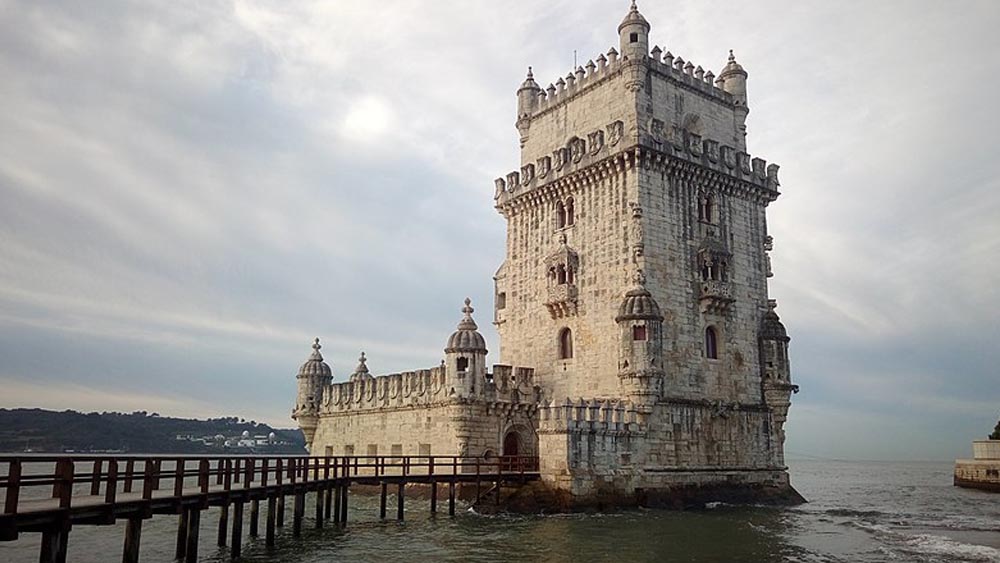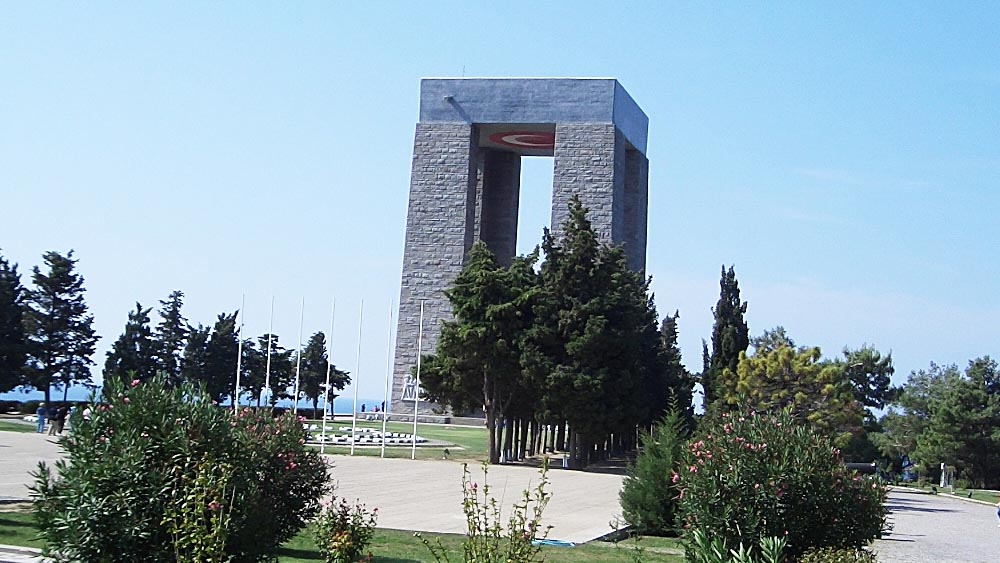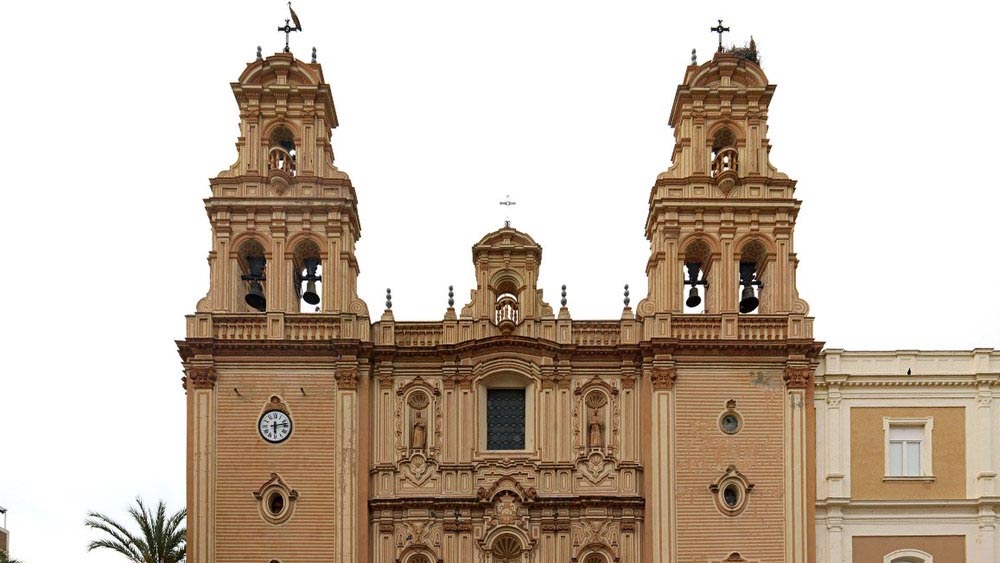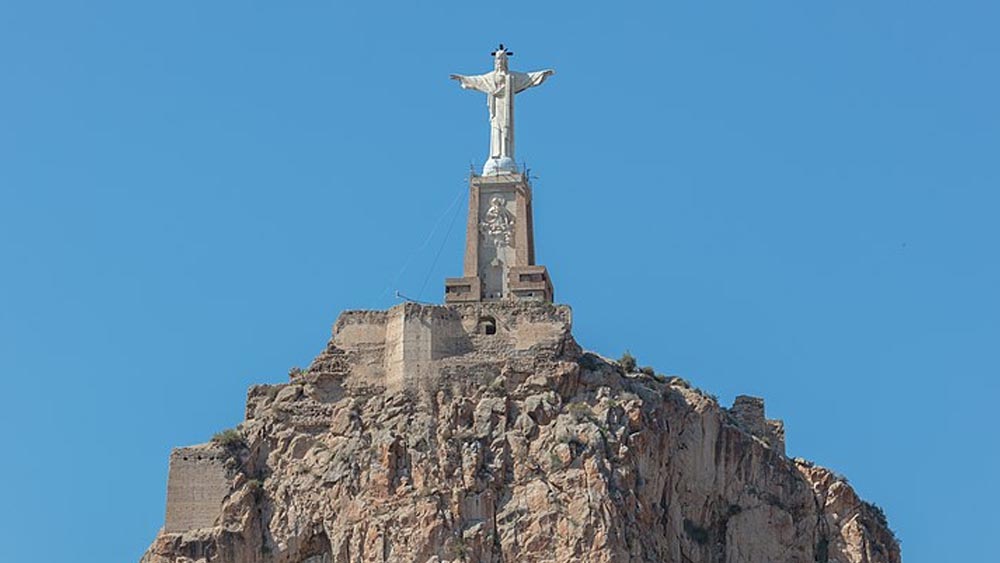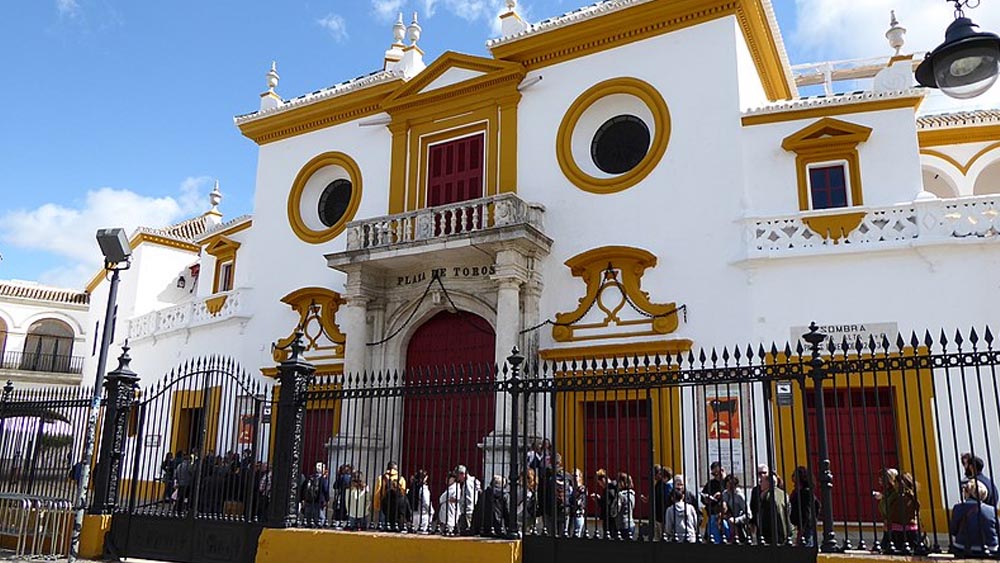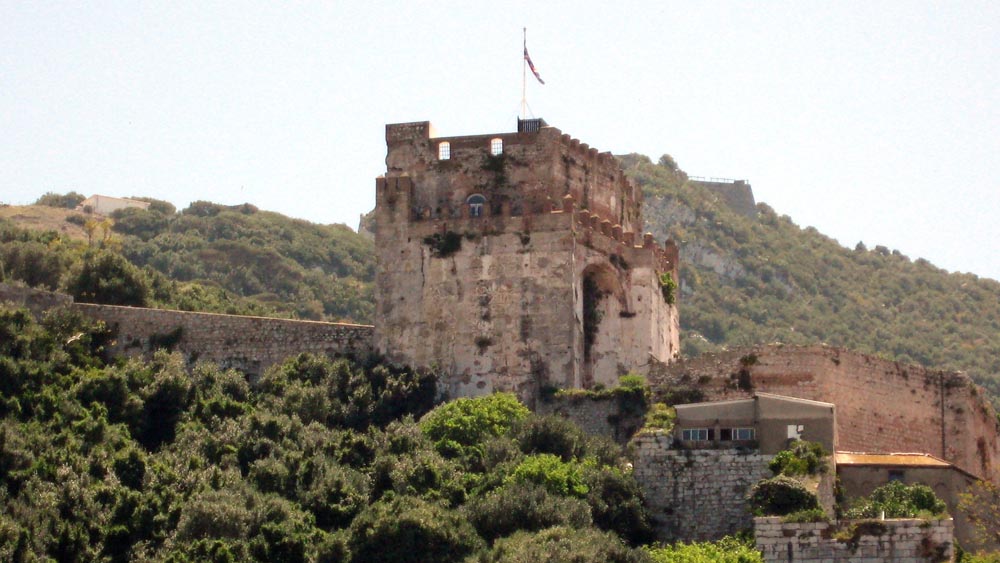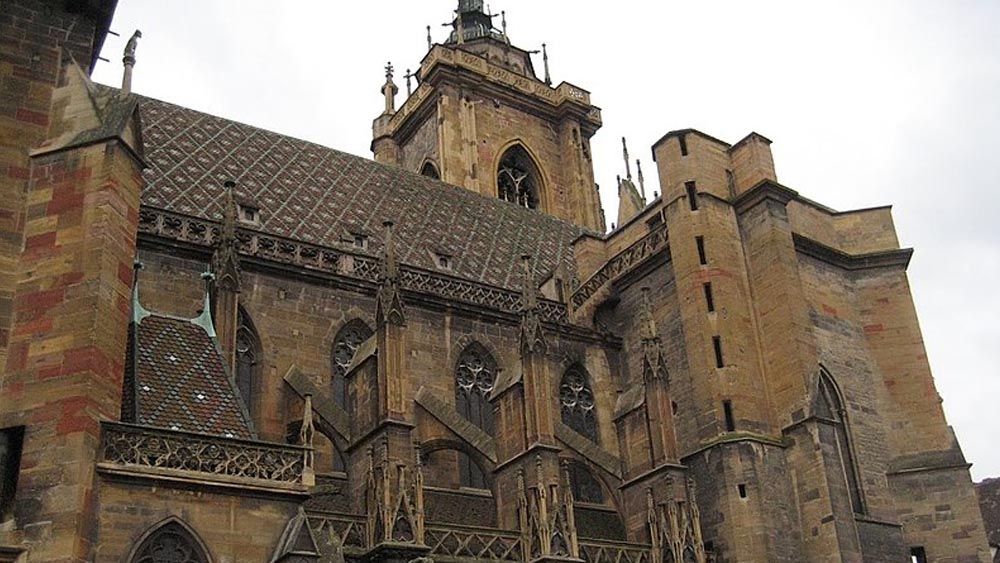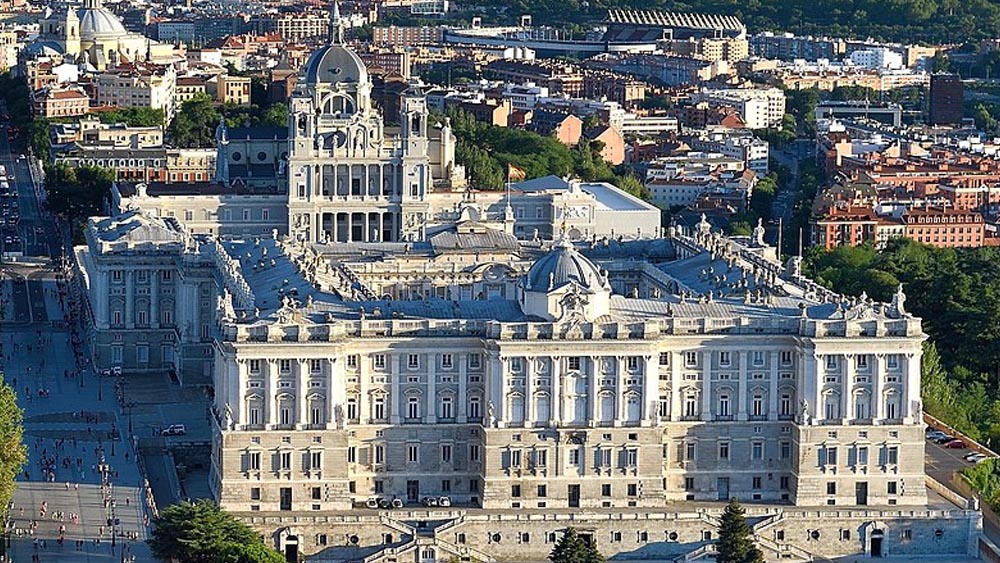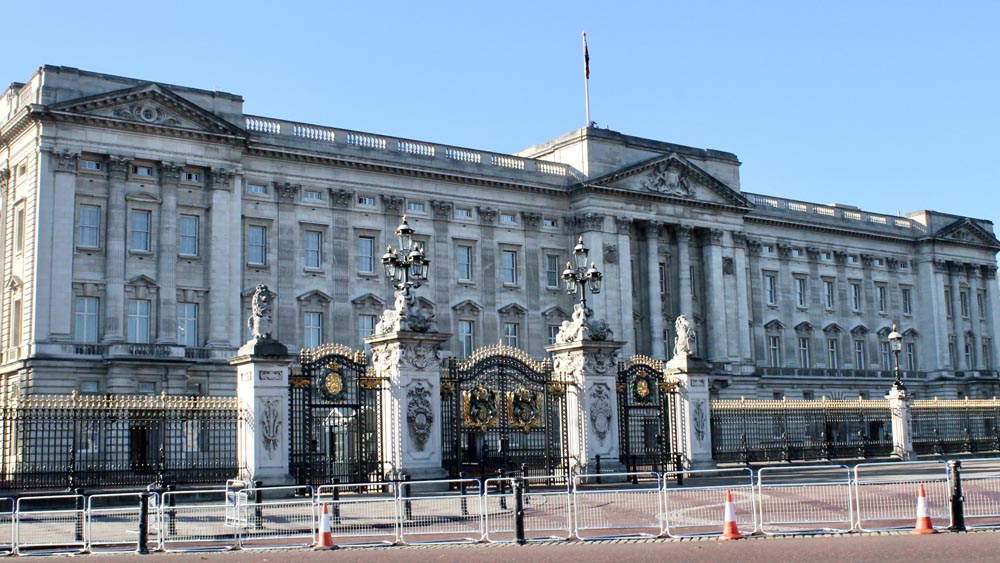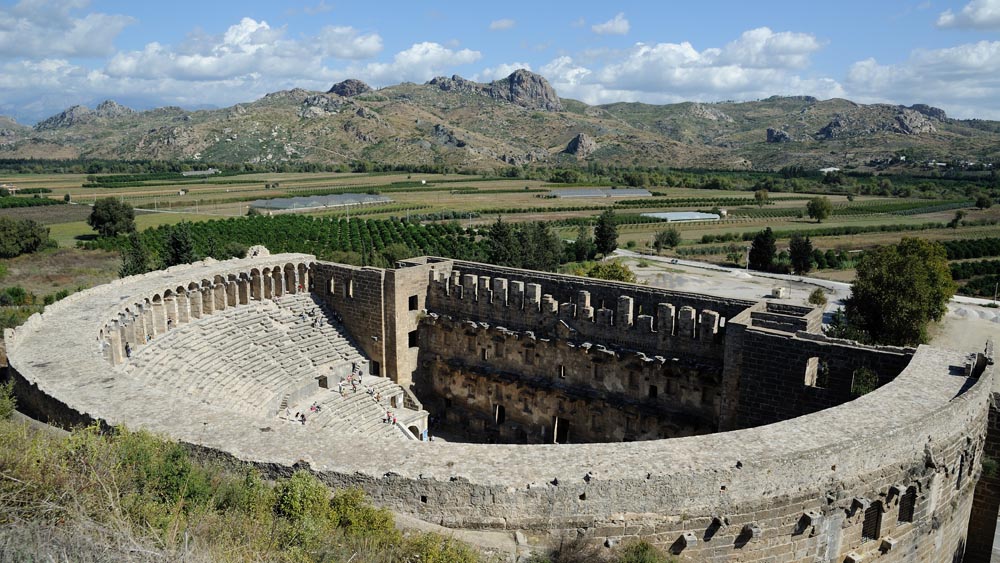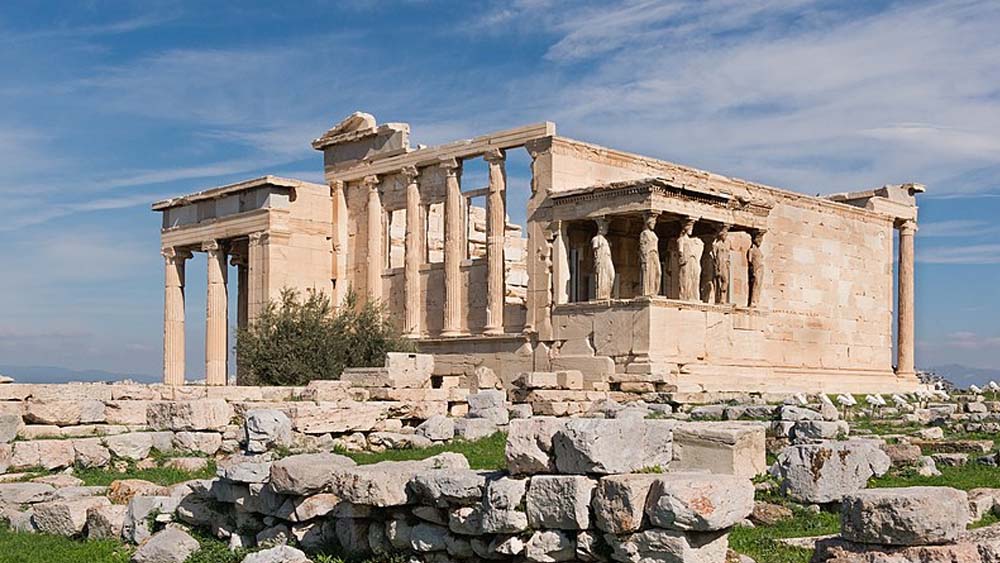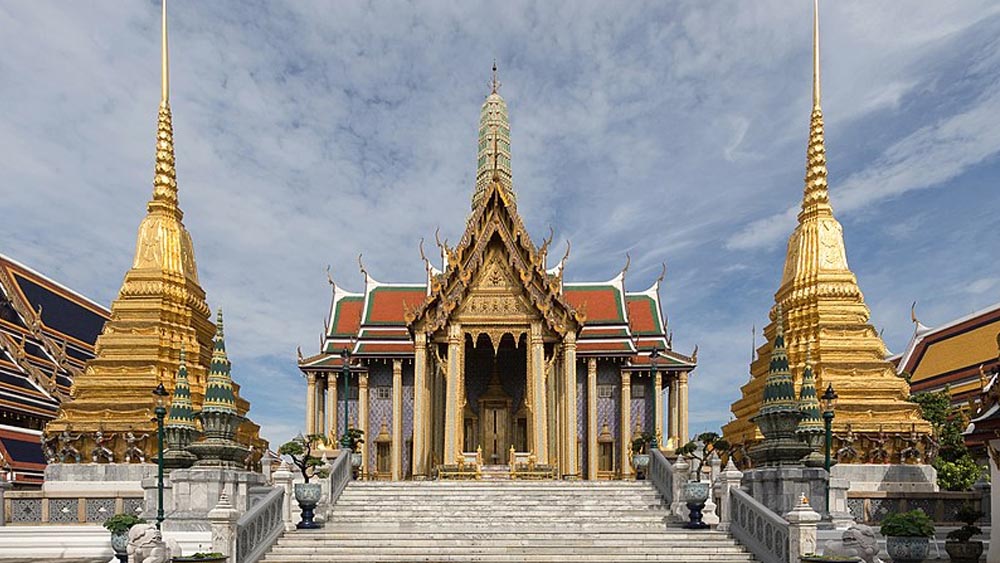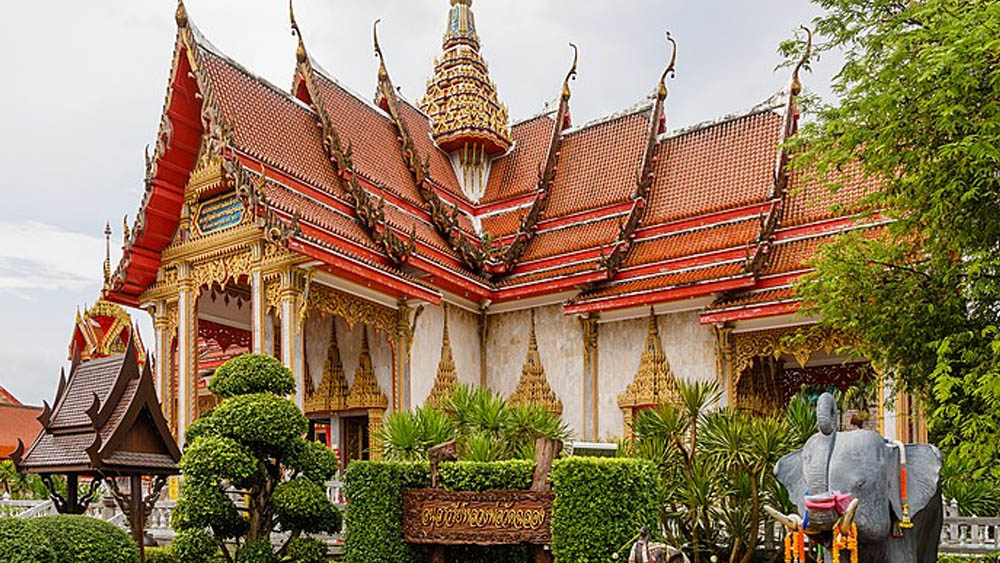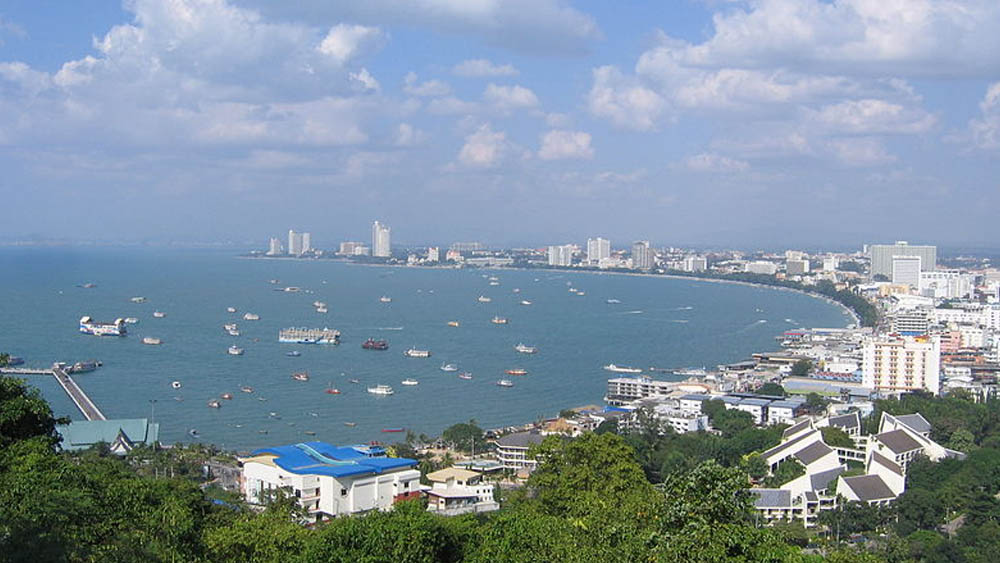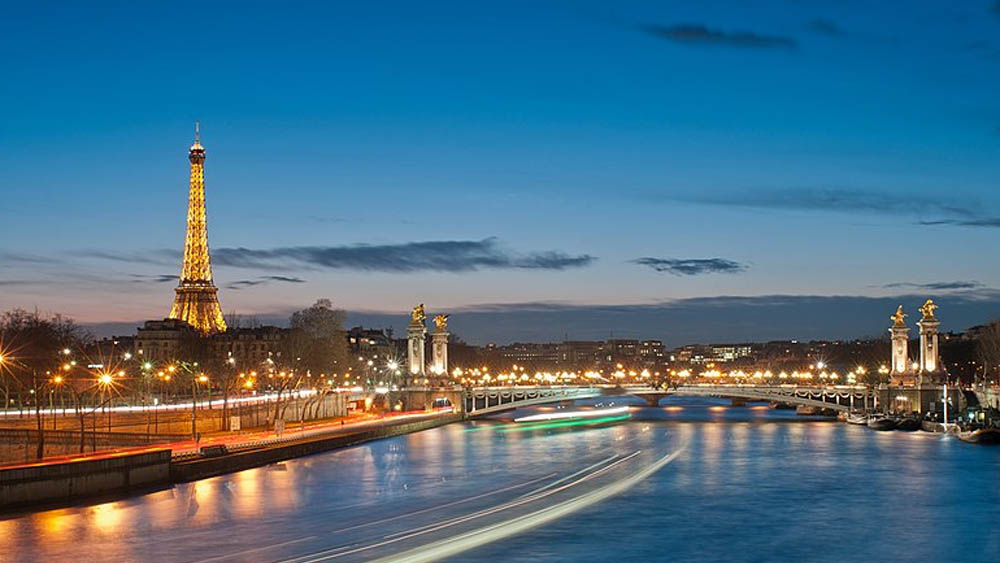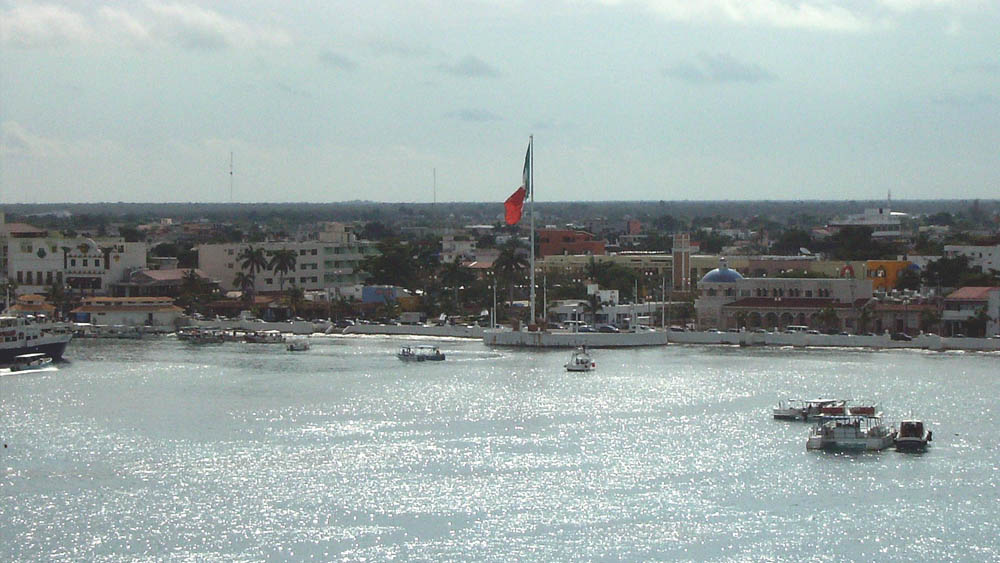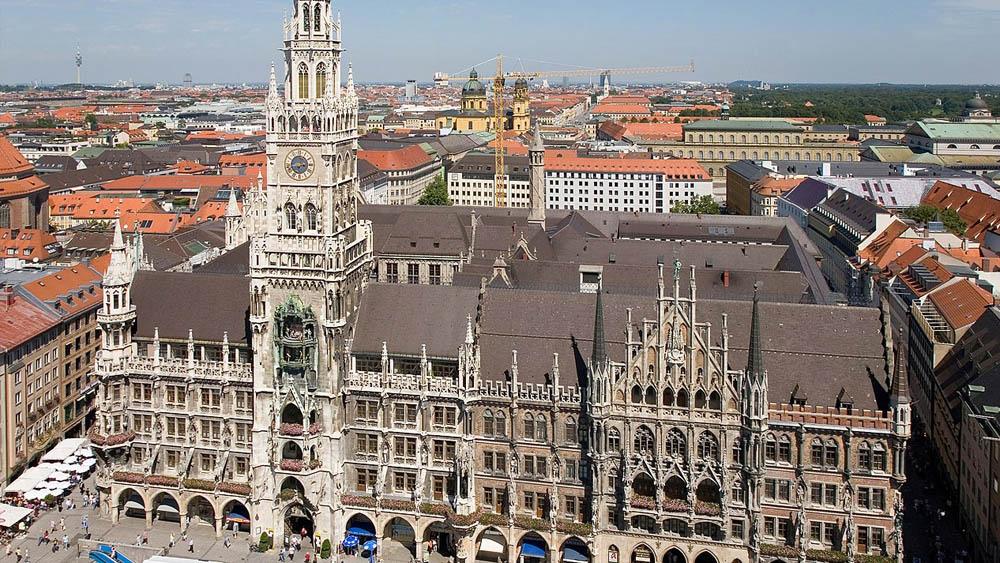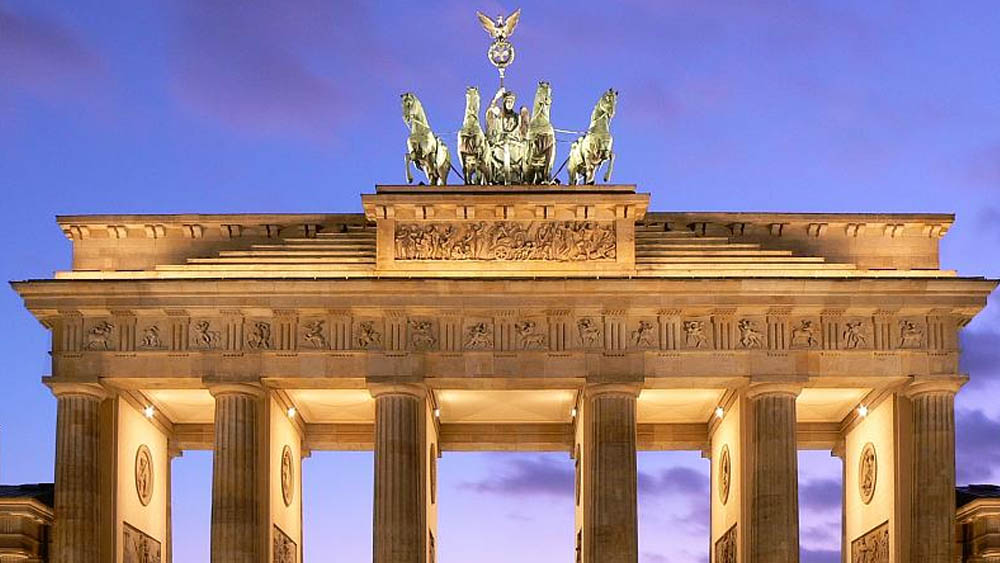Mardin is one of the richest cities in Turkey in terms of historical and cultural value. This city is particularly famous for its historic settlements such as Midyat and Hasankeyf. These regions have hosted different civilizations for centuries and the traces of these civilizations have reached us as numerous historical buildings and architectural works up to the present day.

Midyat is a district located in the east of Mardin, famous for its historical texture. This region is known as a settlement center, especially for Syriacs. Midyat’s streets, traditional stone houses, and historical churches attract tourists. Especially historical buildings like Mor Gabriel Monastery and Deyrulzafaran Monastery are one of the most important cultural heritages of the region.
Hasankeyf, on the other hand, is a district located in the west of Mardin and famous for its historical texture. This region is an important settlement center through which the historical Silk Road passed. Historical bridges, madrasas, and mosques in Hasankeyf are among the most important indicators of the region’s cultural richness. Unfortunately, due to the Ilisu Dam project, some of the historical buildings in Hasankeyf have been submerged.
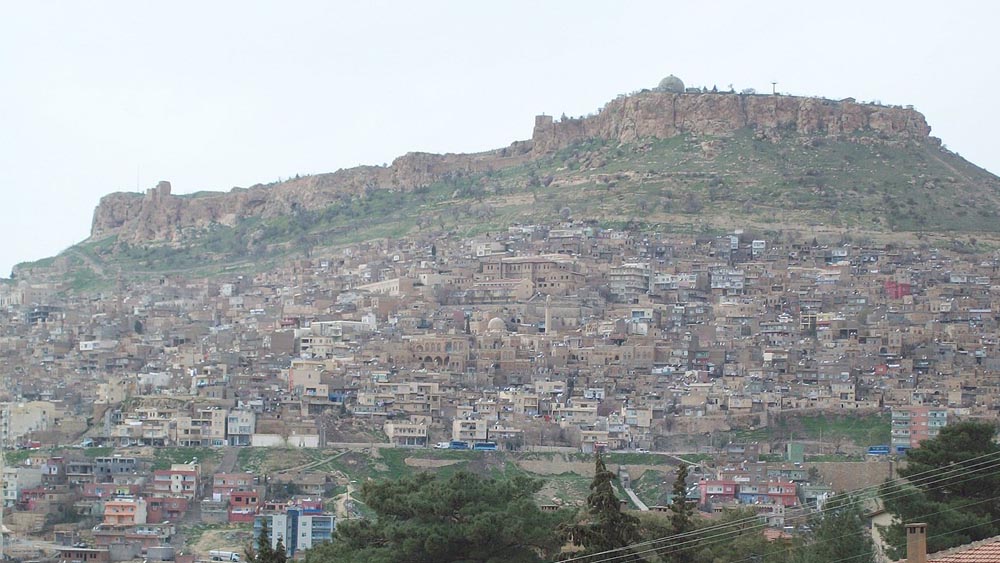
Historical Churches in Midyat: Mor Gabriel Monastery and Deyrulzafaran Monastery
Midyat is famous for its historical churches as it has been an important settlement for Syriac people. These churches are one of the most significant indications of the region’s cultural richness and attract tourists.
Mor Gabriel Monastery is an important Syriac monastery located on the Tur Abdin mountains near the Midyat district of Mardin. Built in the 4th century, this monastery is one of the most important religious centers of the Syriac Orthodox Church. The monastery has been expanded with various renovations and additions over different periods. Mor Gabriel Monastery is still used as an important center of the Syriac Orthodox Church today.
Deyrulzafaran Monastery is a monastery in Midyat district of Mardin, considered an important religious center by Syriacs. Although the exact construction date of the monastery is not known, it is believed to have been built in the 5th century according to some sources. One of the most important features of the monastery is that its interior walls are decorated with historical Syriac paintings. These paintings are an important indication of the region’s historical and cultural richness.
Mor Gabriel Monastery and Deyrulzafaran Monastery are among the important historical structures of the region and attract tourists. These monasteries are an important part of the region’s cultural heritage and need to be preserved. During the visits of tourists, it is important that they learn about the historical and religious significance of these structures and show respect.
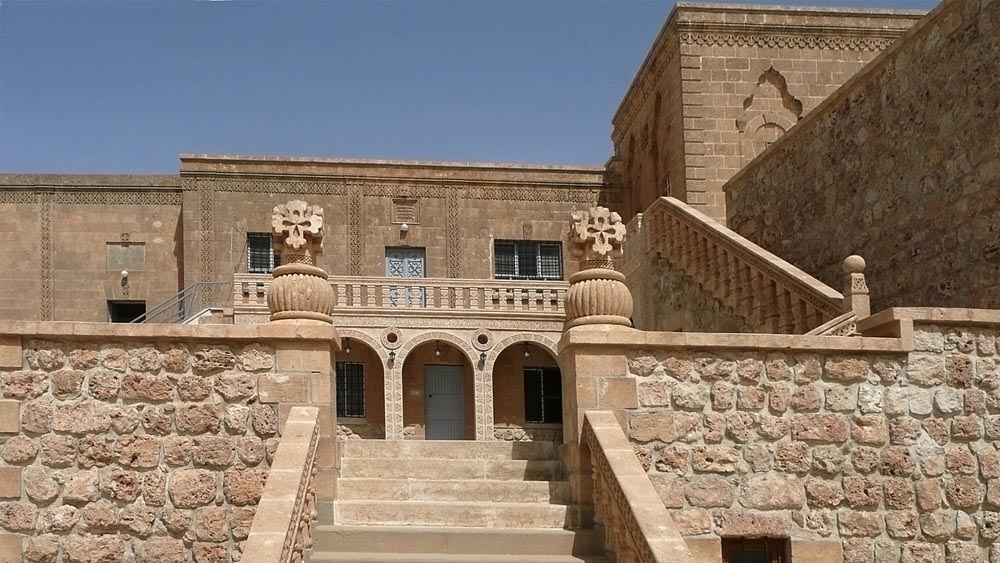
Traditional Stone Houses and Streets of Midyat
Midyat is a city famous for its traditional stone houses and narrow streets. Thanks to restoration works carried out to preserve the historical texture of the region, Midyat’s traditional architecture is still preserved today.
Midyat’s traditional stone houses are made of the local stones of the region. The houses are two or three stories high and usually have a garden or courtyard. The roofs of the houses are also made of local materials and are usually in a curved shape. These houses keep the inside cool during hot summer months and warm during cold winter months.
Midyat’s narrow streets reflect the historical texture of the region. The streets are surrounded by narrow walls made of local stones, and some are covered. The traditional decorated doors and windows on the streets are an important part of the region’s historical and cultural heritage.
Midyat’s traditional stone houses and streets attract tourists. Tourist tours are organized in the region, and tourists can experience the historical texture of the region while touring the traditional houses and streets. However, it is important for tourists to behave respectfully to preserve the uniqueness and cultural heritage of these structures.
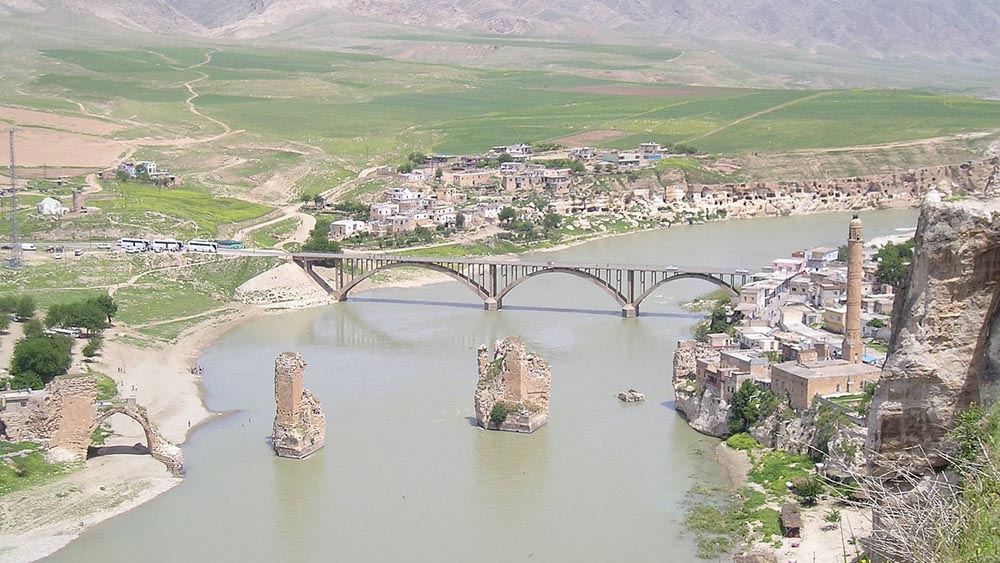
Historical Structures in Hasankeyf: Bridges, Madrasas and Mosques
Hasankeyf is a historic city located on the Tigris River. It is famous for its historic bridges, mosques, and madrasas. These structures reflect the historical texture of Hasankeyf and attract the attention of tourists visiting the region.
The Hasankeyf Bridges are historic bridges located on the Tigris River. These bridges are structures dating back to the Middle Ages and are one of the most important features of Hasankeyf’s historical texture. The Hasankeyf Bridges are known to be one of the largest bridges built on the Tigris River during that period.
One of the historic mosques located in Hasankeyf is the El-Rizkiye Mosque, built during the Artuklu period. This mosque was built by Artuklu ruler Kutbettin Ilgazi. One of the most important features of El-Rizkiye Mosque is its wooden minaret. The interior of the mosque is decorated with historic Syriac paintings.
One of the historic madrasas located in Hasankeyf is the Imam Abdullah Zawiya, also built during the Artuklu period. This madrasa was built by Artuklu ruler Fahrettin Karaaslan. Inside the madrasa, there are historic Islamic works and manuscripts.
The historic bridges, mosques, and madrasas in Hasankeyf are among the most important features of the region’s historical texture. These structures attract the interest of tourists and create an important tourist attraction for those visiting Hasankeyf. However, it is important to preserve these structures and their historical value.

The Ilisu Dam Project and the Loss of Historical Buildings in Hasankeyf
The Ilisu Dam Project is a dam built on the Tigris River in southeastern Turkey. The dam project aims to store the waters of the Tigris River for hydroelectric power generation. However, this project has also affected the historical fabric of Hasankeyf.
Hasankeyf has suffered a great loss due to the Ilisu Dam Project. During the construction of the project, many historical buildings such as bridges, mosques, and madrasas will be submerged under the dam lake. Among these structures is Hasankeyf Castle, which has historical importance with its 8000-year-old history.
Due to the dam project, the historical buildings in Hasankeyf will disappear, and the historical fabric of the region will be significantly damaged. This situation will lead to the loss of the region’s historical and cultural heritage, and the disappearance of historical buildings that are important for future generations to understand the historical past.
The Ilisu Dam Project will not only affect the historical buildings in Hasankeyf but also the natural habitat in the region. Due to the construction of the dam, the waters of the Tigris River will change, and this will change the ecological balance in the region.
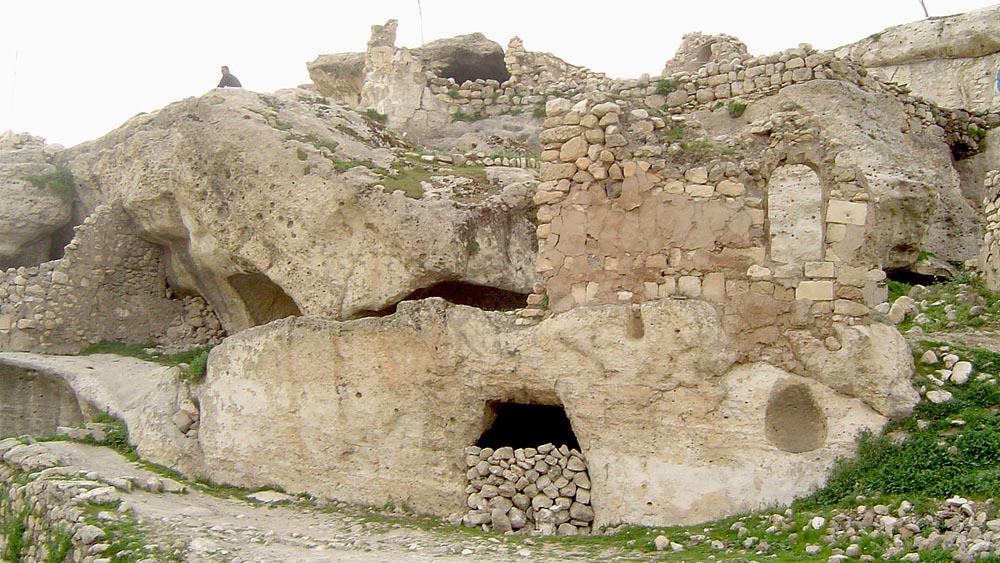
Preservation of Cultural Heritage in Midyat and Hasankeyf and Tourists’ Responsibility
Midyat and Hasankeyf are one of the most important historical and cultural heritages of Turkey. However, tourists’ visits may create some problems for the preservation of historical structures and cultural heritage in the region. Therefore, it is important for tourists to behave responsibly in the region and to show respect for cultural heritage.
Tourists should be careful when visiting historical structures in Midyat and Hasankeyf and take necessary precautions to prevent any harm to the structures. For example, climbing on historical structures or writing on them can cause damage to them and make it difficult to transfer them to future generations.
Additionally, tourists should not leave trash in the area and show the necessary care to preserve the natural life of the region. It is also important to show respect for the lifestyle and culture of the people living in the region. Therefore, when tourists visit the region, they should interact with the local people and adapt to their way of life.
Preservation of cultural heritage is not solely the responsibility of tourists. Local people and the state also have responsibilities in this regard. Local people should make efforts to preserve cultural heritage and transfer it to future generations. The state should make the necessary investments for the preservation and restoration of historical structures.


















